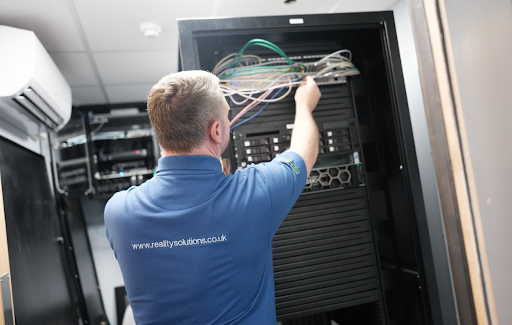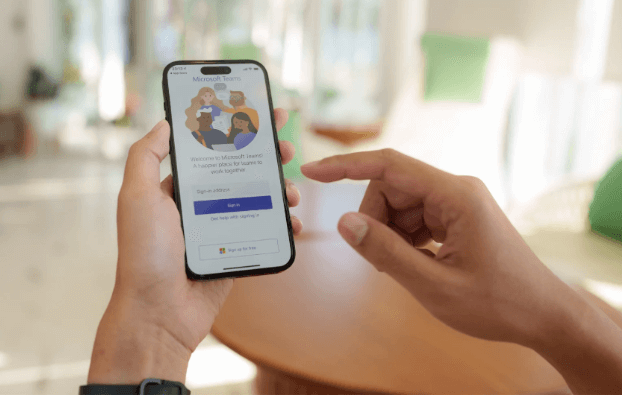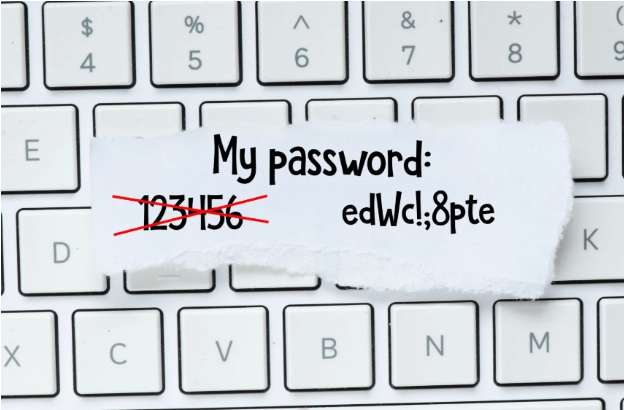The digital environment is constantly changing, which means new threats can occur fairly quickly and cause lasting damage to businesses. Phishing attacks, ransomware attacks and data breaches are happening all the time and are actually most common within small businesses.
The best way to protect your SMB from cyberattacks is to have a multi-layered approach, with a mixture of tools and automated processes to help streamline tasks and reduce the risk of human error. With cyber threats coming in many different forms, the best thing you can do is to understand the threats before developing a robust cybersecurity plan.
Implement Strong Passwords
Passwords are the first line of defence against unauthorised access. By enforcing strong password policies throughout the business, this will help to reduce the risk of attack. Passwords should be complex, combining uppercase and lowercase letters, numbers and special characters. Staff should be required to change their passwords on a regular basis, and multi-factor authentication (MFA) should be implemented where possible. This means a second form of verification is required in order to access accounts.
Regular Software Updates
Keeping software up to date is key to protecting SMBs against system vulnerabilities. You should put together a routine for updating all operating systems, applications and security software to ensure nothing is missed. By automating system updates this ensures patches are applied as soon as possible, reducing the risk of cybercriminals attacking the software. It is also important to carry out regular vulnerability checks to identify and address security weaknesses before someone else does.
Creating A Cybersecurity Culture
Cybersecurity should be more than just a list of things to check over, it should be an ongoing part within every business. Staff should be regularly trained to ensure a security-centric culture, so they are quick to identify vulnerabilities and act upon them. They should implement strategies such as 2FA and strong passwords, and be quick to report any suspicious activity too.
While training staff is key, they should also give feedback to employers about any cyber issues they are regularly confronted with, in order to help the business as a whole become more cyber efficient.
Implementing A Robust Firewall
Firewalls are a barrier between your internal network and any external threats, filtering both incoming and outgoing traffic depending on the security rules you have implemented. A robust firewall not only prevents unauthorised access, but can also be set to alert administrators when potential threats occur.
Develop An Incident Response Plan
No matter how secure you make your business against cybercriminals, sometimes incidents still occur. SMBs should have a clear, concise incident response plan to help reduce damage and speed up the recovery process. The plan should include clear procedures for identifying, containing and mitigating security breaches as well as the people responsible for this effort.
Real-time threat intelligence can have a huge impact as by providing early insights into potential attacks, this can make it easier to fight them before any lasting damage is done.
Keeping Your Business Safe
Cybersecurity is a process that requires vigilance, education and proactive measures to reduce the risk of cyber attacks for SMBs. It is essential to adopt the best practices we have mentioned above, as well as staying updated on the latest trends related to SMB cybersecurity. If you would like some extra help keeping your business safe, the Cyber Essentials certified team at Reality Solutions are experts at cyber security. Get in touch today to see how we can help your business.
*This article contains general information in order to assist all of our customers and is meant for guidance only – there are no guarantees that the information we provide will be suitable for your particular needs. If you require specific assistance, we recommend that you seek professional guidance on your individual circumstances. Reality Solutions are in no way responsible for any loss or damage arising from any information contained within our articles.



